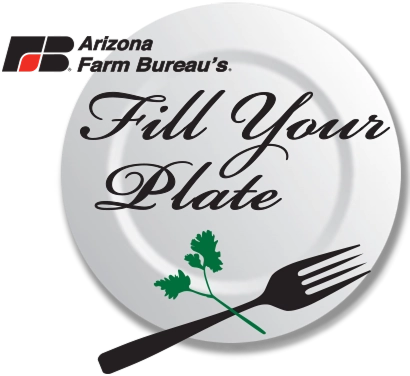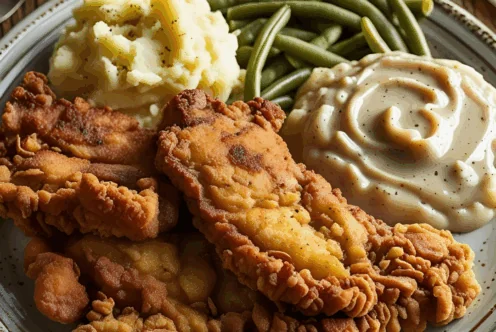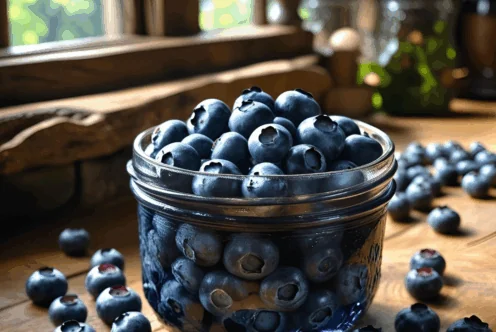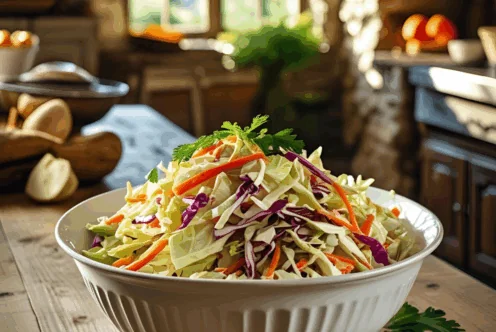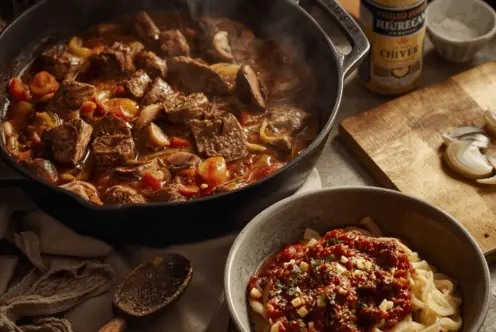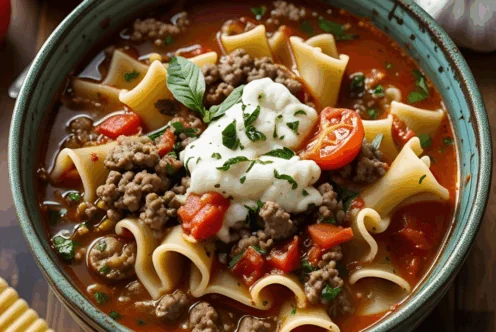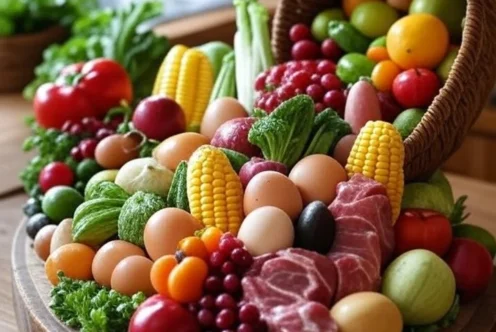Blog
Tips for Using Honey in the Kitchen
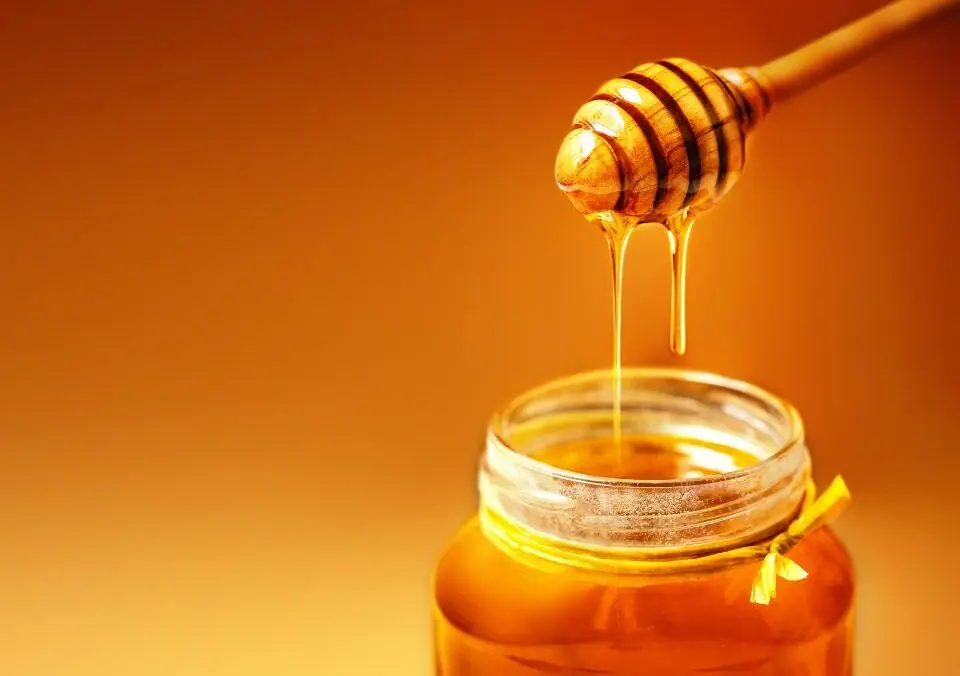
A few years ago, my youngest brother developed a deep fascination with raising bees and harvesting honey. He began with a single hive purely for the excitement of it, but fast forward to today, and he has transformed that initial hobby into a thriving business! Thanks to his beehives, my mom and I can enjoy the benefit of fresh, local honey anytime we want. This constant supply has empowered us to experiment extensively in the kitchen, both with baking and cooking. Below are some tips and insights for using honey in your culinary adventures!
The Versatile Nature of Honey
Honey is truly one of the most versatile ingredients in the kitchen. Its unique flavor profile and natural sweetness can enhance a wide range of dishes. Whether you’re whipping up a salad dressing, glazing meats, or baking sumptuous desserts, honey has a role to play. Here’s a detailed look at how to incorporate this wonderful ingredient.
Cooking with Honey
When it comes to cooking with honey, the process is relatively straightforward. You can add it to a variety of foods according to your personal taste and recipe requirements. Here are some considerations to keep in mind:
- Source Matters: The source of your honey significantly influences its flavor and sweetness. For example, buckwheat honey has a deep, robust taste and is less sweet than many lighter honey varieties, making it ideal for pairing with spicy or savory dishes. In contrast, clover honey is milder and works beautifully in recipes where a subtle sweetness is desirable.
- Taste as You Go: Honey is a powerful sweetener, so it’s crucial to use it to taste, especially when incorporating it into marinades or dressings. Start with a small quantity and gradually add more until you reach your desired flavor balance. This is especially important given that honey can vary in sweetness and flavor profile based on its floral source.
- Experimenting with Pairings: Honey pairs wonderfully with a variety of other ingredients. For instance, consider mixing honey with mustard for a unique salad dressing or incorporating it into a marinade for chicken or pork. The depth of flavor honey can provide is often surprising.
- Using Honey as a Glaze: Honey makes for a fantastic glaze on roasted vegetables or meats. Combine honey with soy sauce, garlic, and ginger for an umami-rich marinade that caramelizes beautifully when cooked.
- Balancing Acidity: When using honey in savory dishes, it can help to balance acidic ingredients like vinegar or citrus juice. Its natural sweetness helps to temper sharpness, creating a more rounded flavor profile.
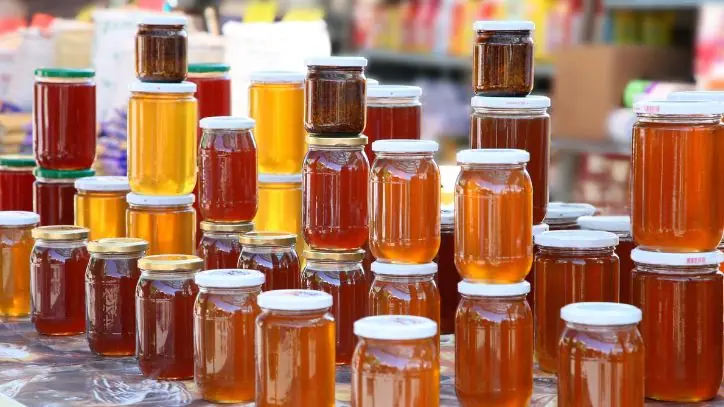
Baking with Honey
Baking with honey requires a bit more finesse than cooking. While honey can certainly be a rewarding replacement for sugar in many recipes, there are a few key adjustments to keep in mind to ensure the best results:
- Not a One-to-One Swap: One common mistake is thinking that honey can be swapped for sugar in a one-to-one ratio. This is a recipe for disaster! Instead, you need to reduce the overall amount of honey used. The general rule is to reduce the amount of honey by half a cup for every cup of sugar replaced.
- Adjust Leavening Agents: Honey adds moisture to your baked goods, which can affect how they rise. To counterbalance this, increase the amount of baking soda or baking powder in the recipe. This adjustment helps maintain the structure of the final product.
- Lower Oven Temperature: Honey caramelizes more quickly than sugar, so it’s essential to lower your oven temperature by about 25 degrees Fahrenheit. This small adjustment helps prevent your baked goods from burning and ensures they cook evenly.
- Keep an Eye on Consistency: Honey can impact the texture of your baked goods. If a recipe calls for sugar, you might find that your final product is denser or more moist than expected. Don’t hesitate to experiment and fine-tune the recipe to your liking.
- Consider Flavor Profiles: The floral notes of honey can also play a role in the overall flavor of your baked goods. For example, orange blossom honey can impart a lovely citrus flavor, while rosemary honey could add a unique herbal note. Think about how the type of honey you choose can affect the final taste of your creation.
- Editor’s Note: While it may be tempting to dive headfirst into a new baking adventure with honey, it’s wise to consult reliable sources or recipes specifically designed for honey. The National Honey Board provides excellent resources and recipes that can help guide your experimentation.
Honey in Everyday Recipes
Let’s delve into some specific recipes that showcase how honey can be used effectively in both cooking and baking!
Honey-Glazed Carrots
Ingredients:
- 1 pound of baby carrots
- 2 tablespoons of honey
- 1 tablespoon of olive oil
- Salt and pepper to taste
- Fresh thyme for garnish
Instructions:
- Preheat your oven to 400°F (200°C).
- Toss the baby carrots with honey, olive oil, salt, and pepper in a large bowl.
- Spread them in a single layer on a baking sheet.
- Roast for about 20-25 minutes or until the carrots are tender and caramelized.
- Garnish with fresh thyme before serving.
This dish highlights honey’s ability to enhance the natural sweetness of vegetables while adding a delightful glaze.
Honey Lemonade
Ingredients:
- 1 cup fresh lemon juice
- 1 cup honey
- 4 cups water
- Lemon slices and mint for garnish
Instructions:
- In a pitcher, combine honey and 1 cup of warm water. Stir until the honey is dissolved.
- Mix in the lemon juice and the remaining water until well combined.
- Adjust the sweetness if necessary and serve over ice with lemon slices and mint.
This refreshing drink is perfect for summer gatherings and showcases just how versatile honey can be in beverages.
Honey Oatmeal Cookies
Ingredients:
- 1 cup all-purpose flour
- 1 teaspoon baking soda
- ½ teaspoon salt
- 1 cup rolled oats
- ½ cup honey
- ½ cup brown sugar
- 1 cup butter, softened
- 1 teaspoon vanilla extract
- 1 egg
Instructions:
- Preheat the oven to 350°F (175°C).
- In a bowl, combine the flour, baking soda, salt, and oats.
- In another bowl, beat together the honey, brown sugar, and butter until creamy. Mix in the vanilla extract and egg.
- Gradually incorporate the dry ingredients into the wet mixture.
- Drop spoonfuls of the cookie batter onto a baking sheet and bake for 10-12 minutes or until golden.
These cookies are chewy and packed with flavor, showing how honey can act as both a sweetener and a binding agent.
Honey Storage and Safety
Storing honey properly is essential to maintain its quality. Honey should be kept in a cool, dry place and stored in a sealed container to prevent moisture absorption. It’s worth noting that honey has an indefinite shelf life if stored correctly due to its low moisture content and acidic nature, which combats bacterial growth.
However, it’s important to be aware of safety precautions, especially when it comes to children. Infants under the age of one should never be given honey because of the risk of botulism, a rare but serious illness that can occur due to spores present in honey.
Supporting Local Beekeepers
If you’re interested in exploring honey further, consider supporting local beekeepers. Here in Arizona, for instance, we have many local producers dedicated to sustainable beekeeping practices. One such operation is Grande Honey Co., based in Casa Grande, which is known for its delicious honey varieties.
Supporting local beekeepers not only helps your community but also promotes biodiversity and the health of local ecosystems, as bees play a crucial role in pollination.
For more information on honey producers in Arizona and recipes to use honey effectively, check out the Fill Your Plate website. This resource provides a wealth of information about where to find local honey and how to incorporate it into your cooking and baking routines.
Conclusion
Incorporating honey into your culinary practices can open the door to a myriad of flavors and health benefits. Not only is it a natural sweetener that can enhance your dishes, but it is also a staple with an extensive history and a role in various cultures around the world. Remember to experiment and enjoy the process while using honey, as it can contribute to the enjoyment and excitement of cooking and baking.
With the right adjustments and a little creativity, honey can elevate your recipes and provide a unique twist. So grab a jar, start experimenting, and let the delightful sweetness of honey inspire your next culinary masterpiece!
By Heide Kennedy, Arizona Farm Bureau Communications Intern

